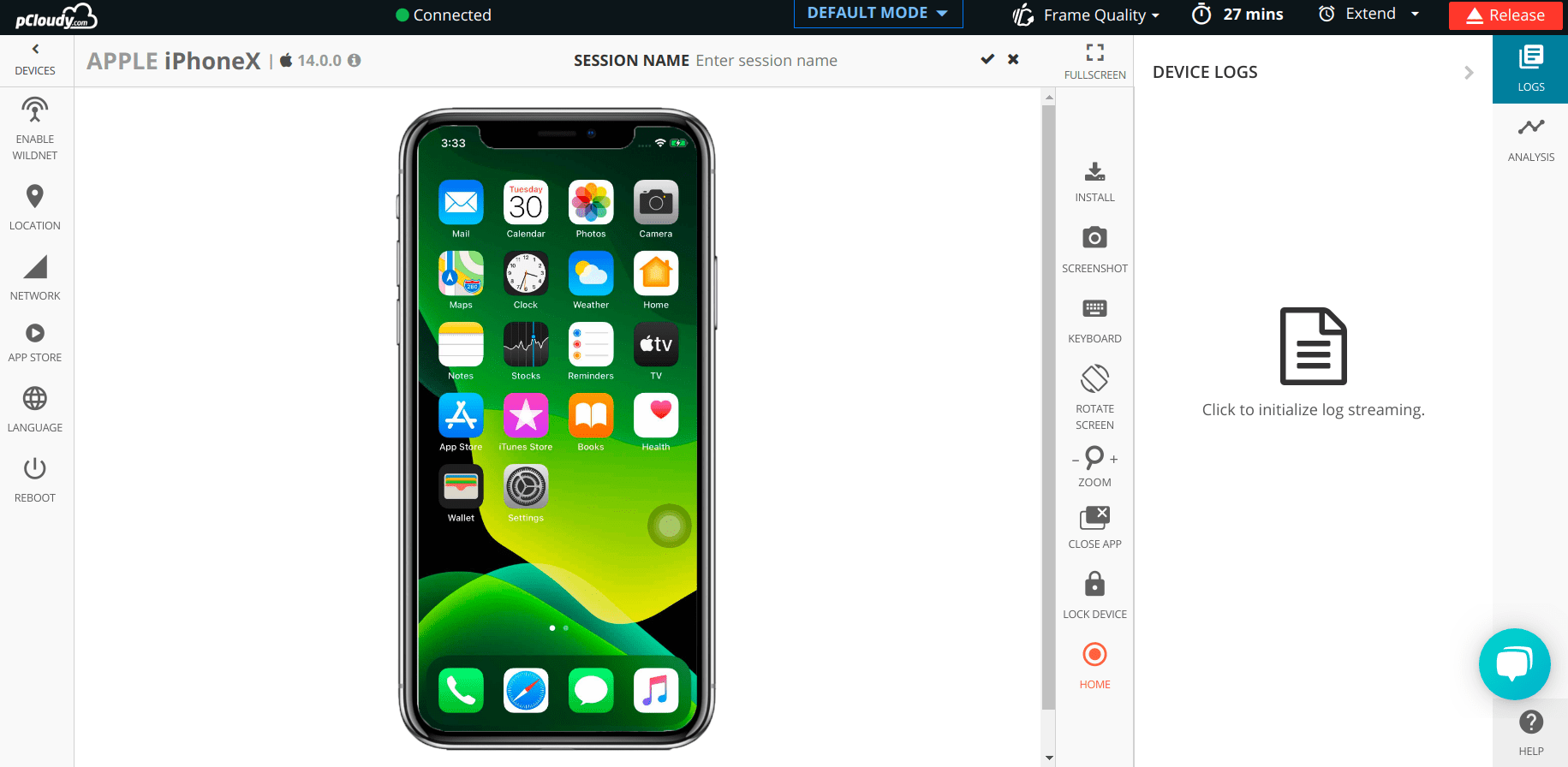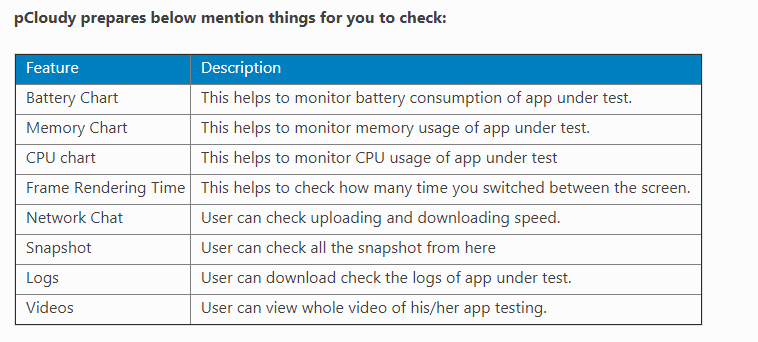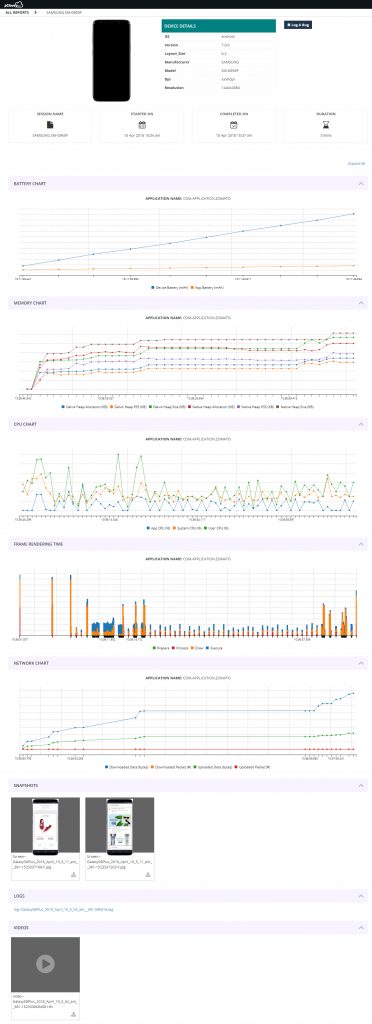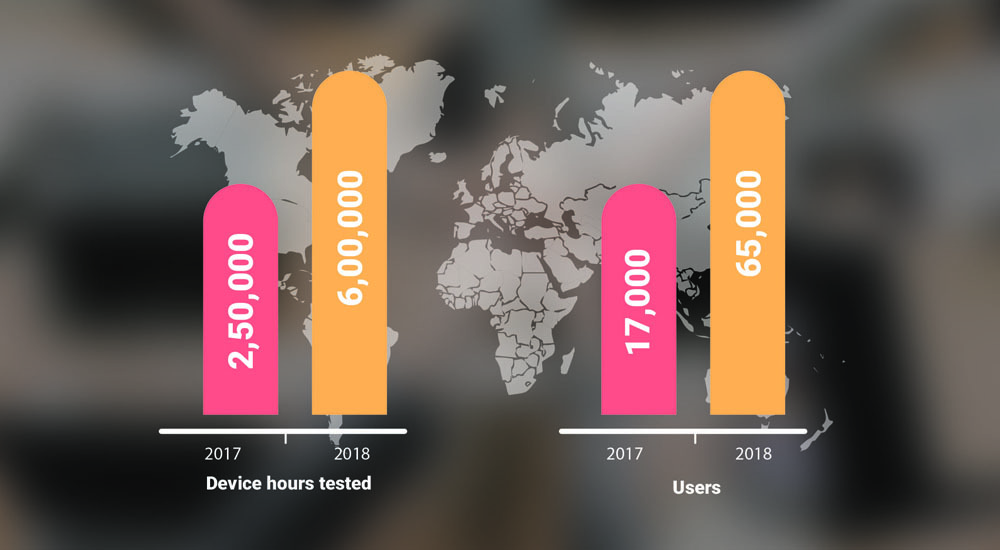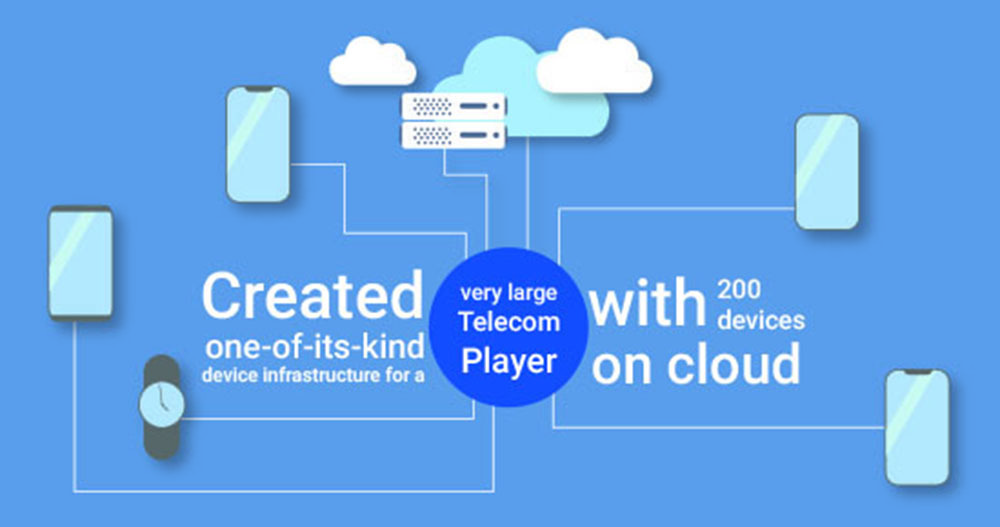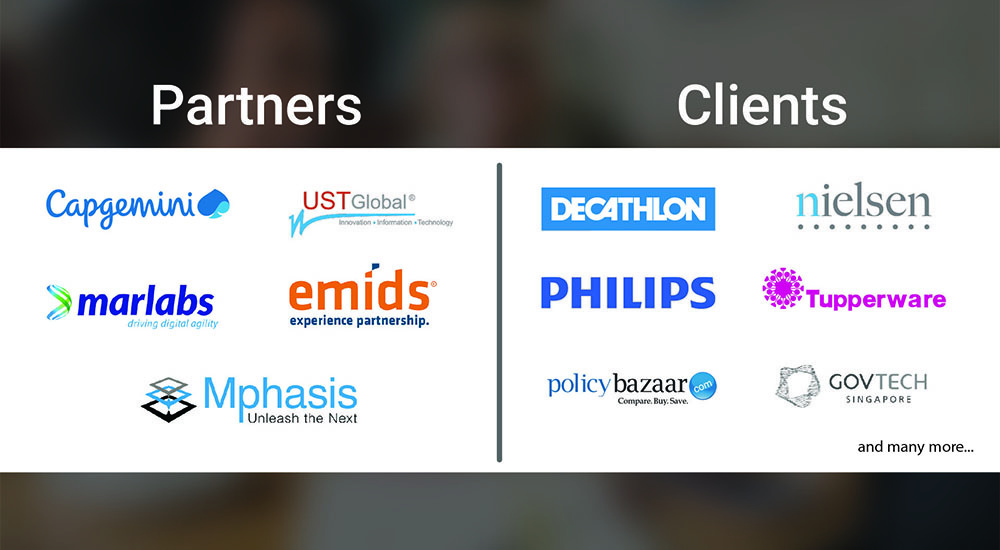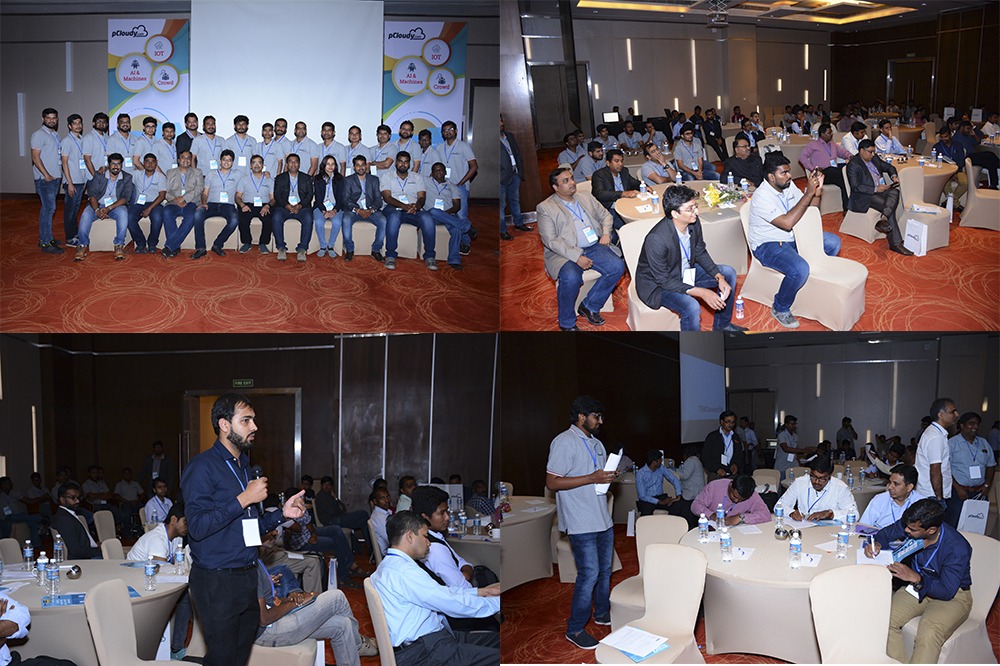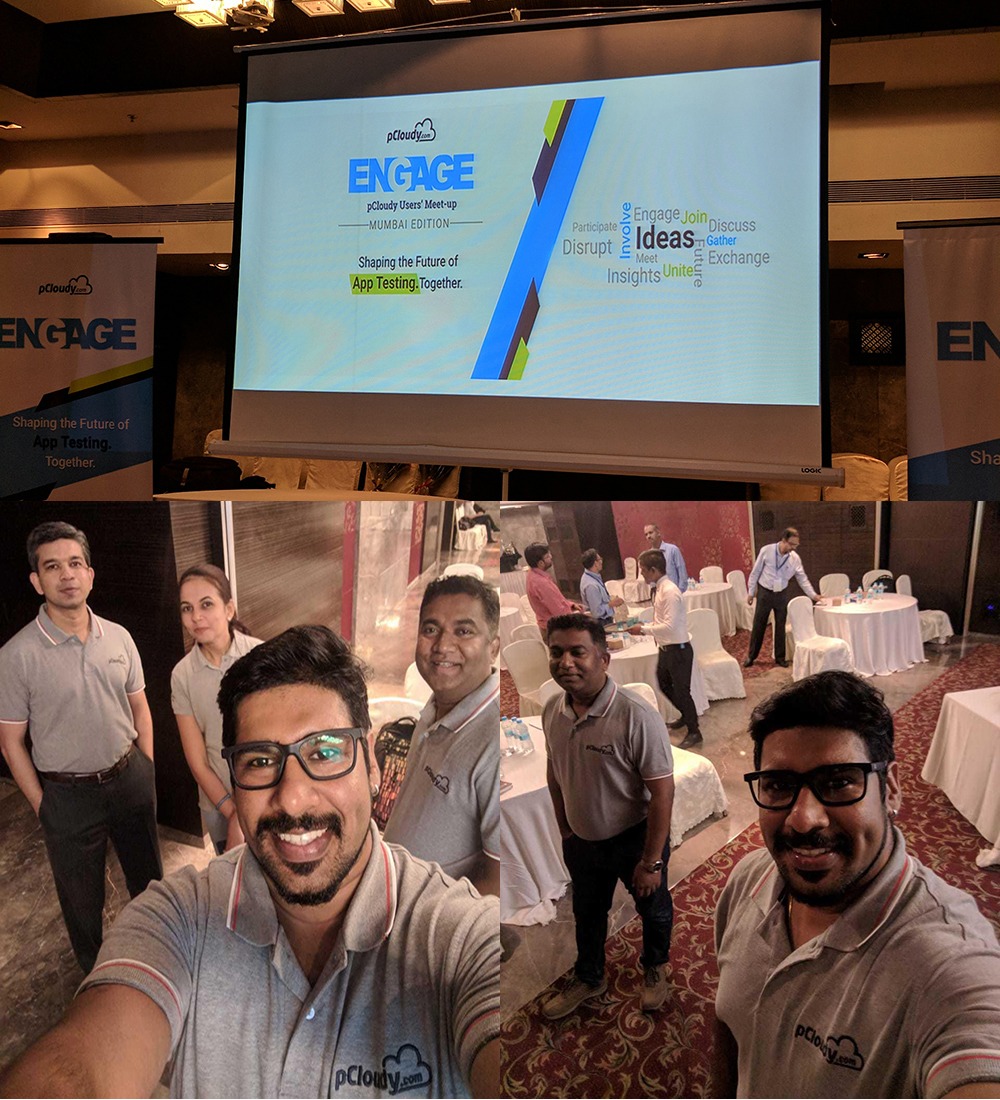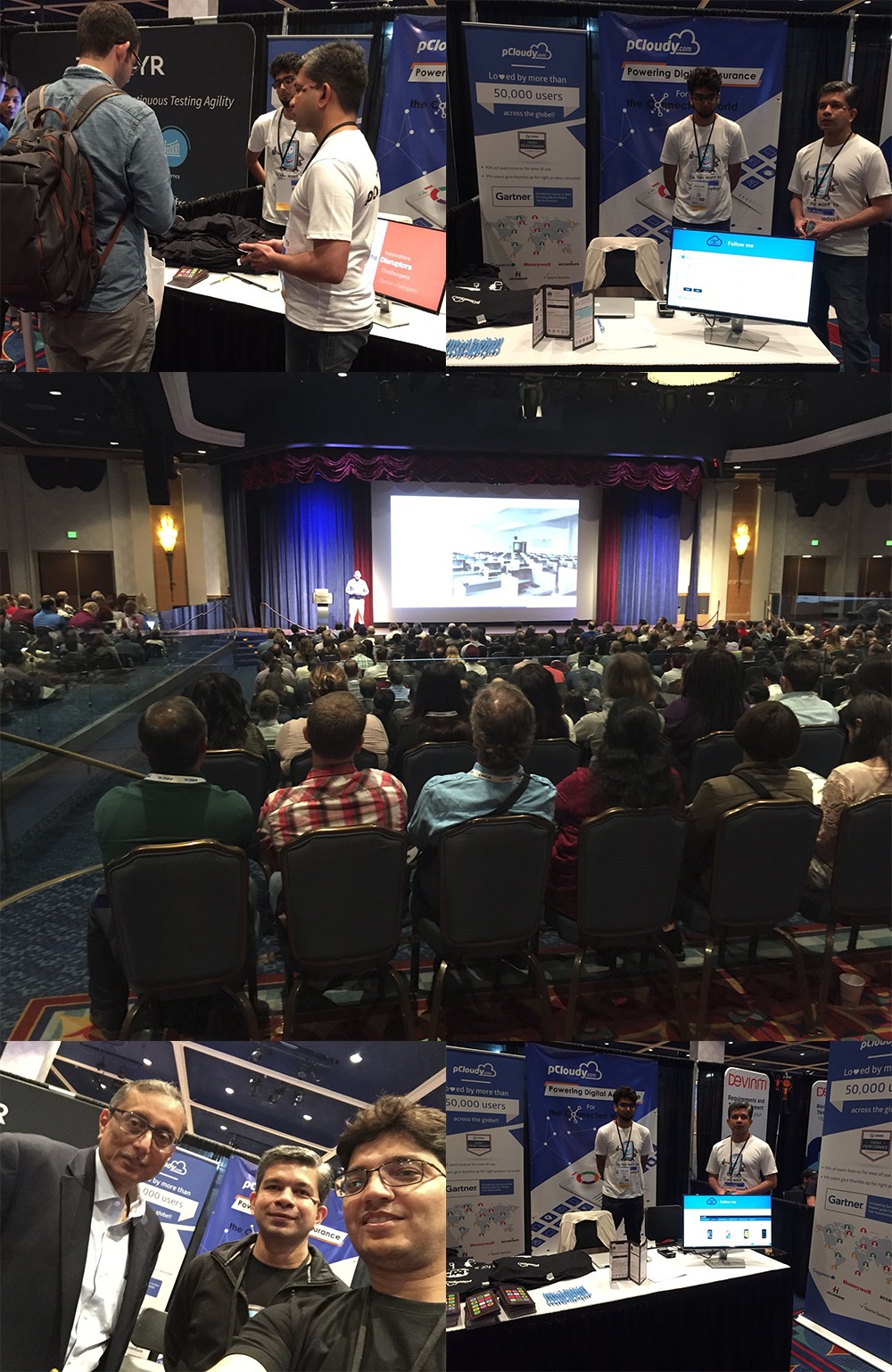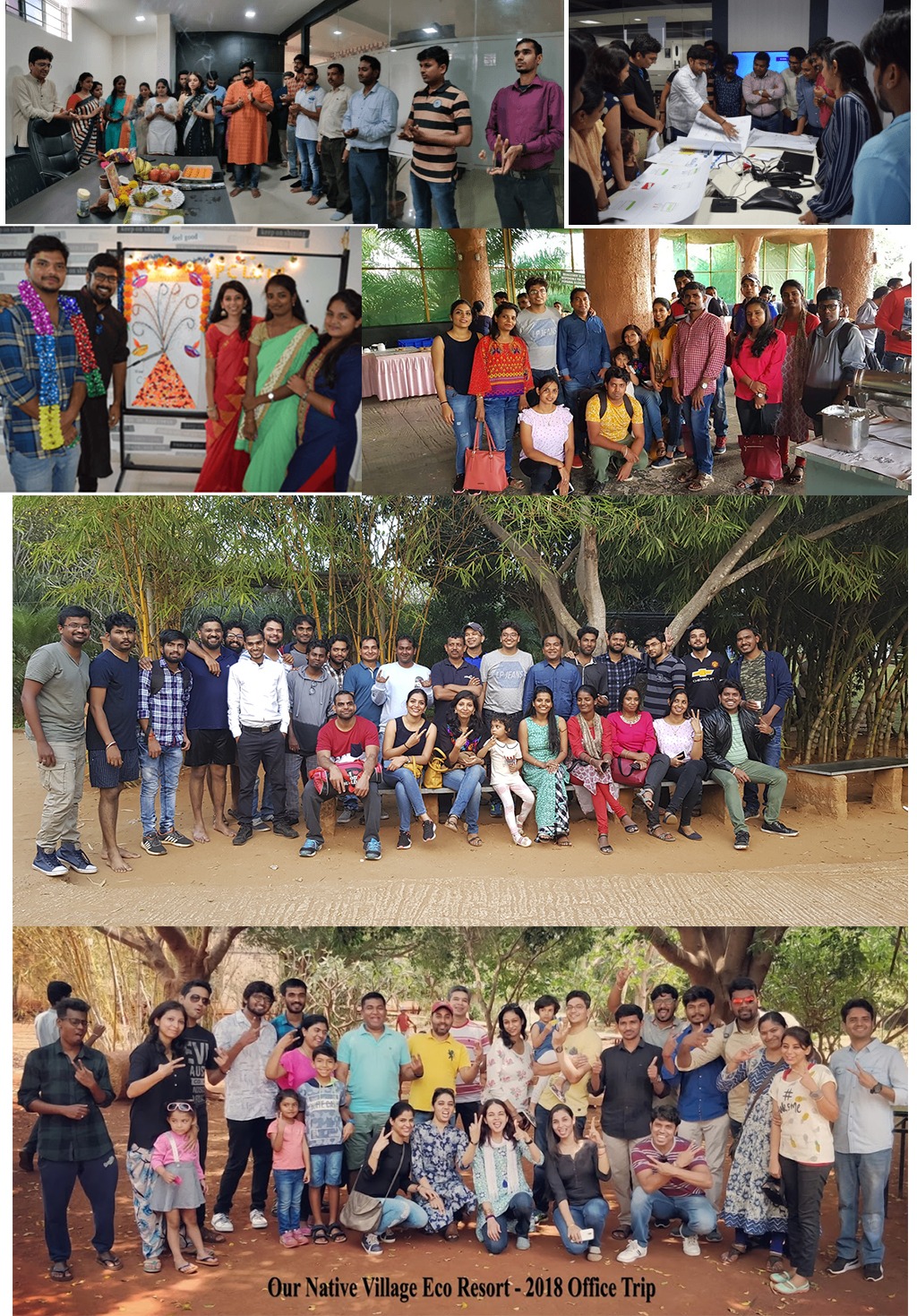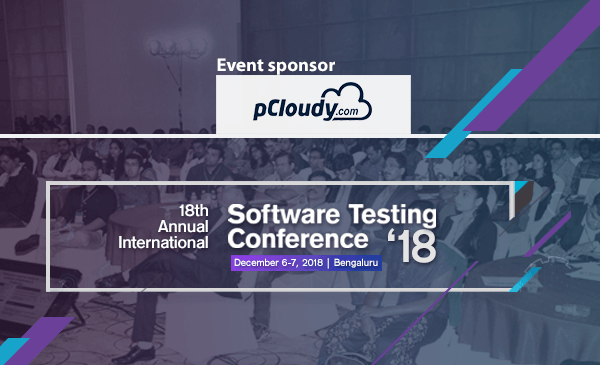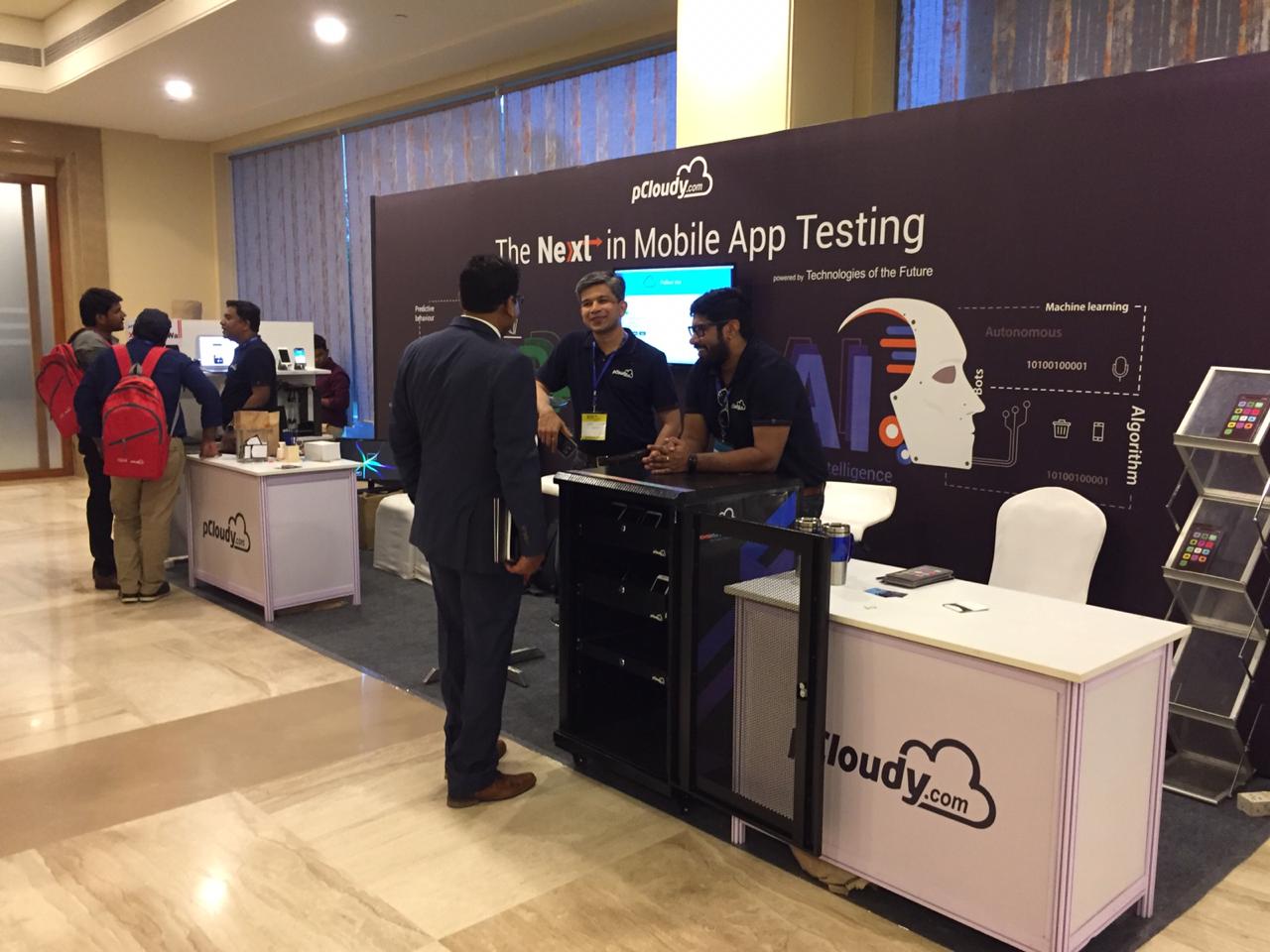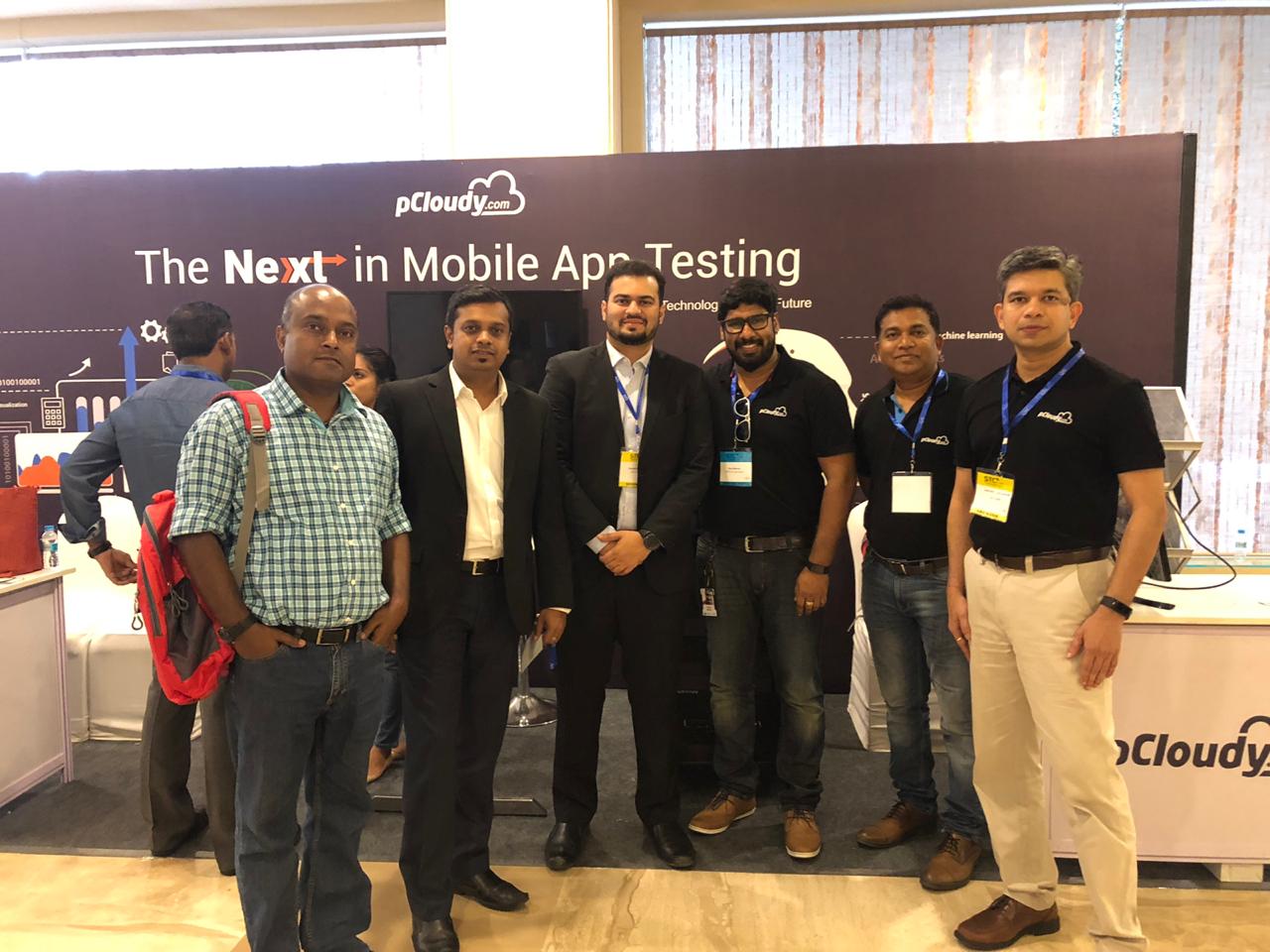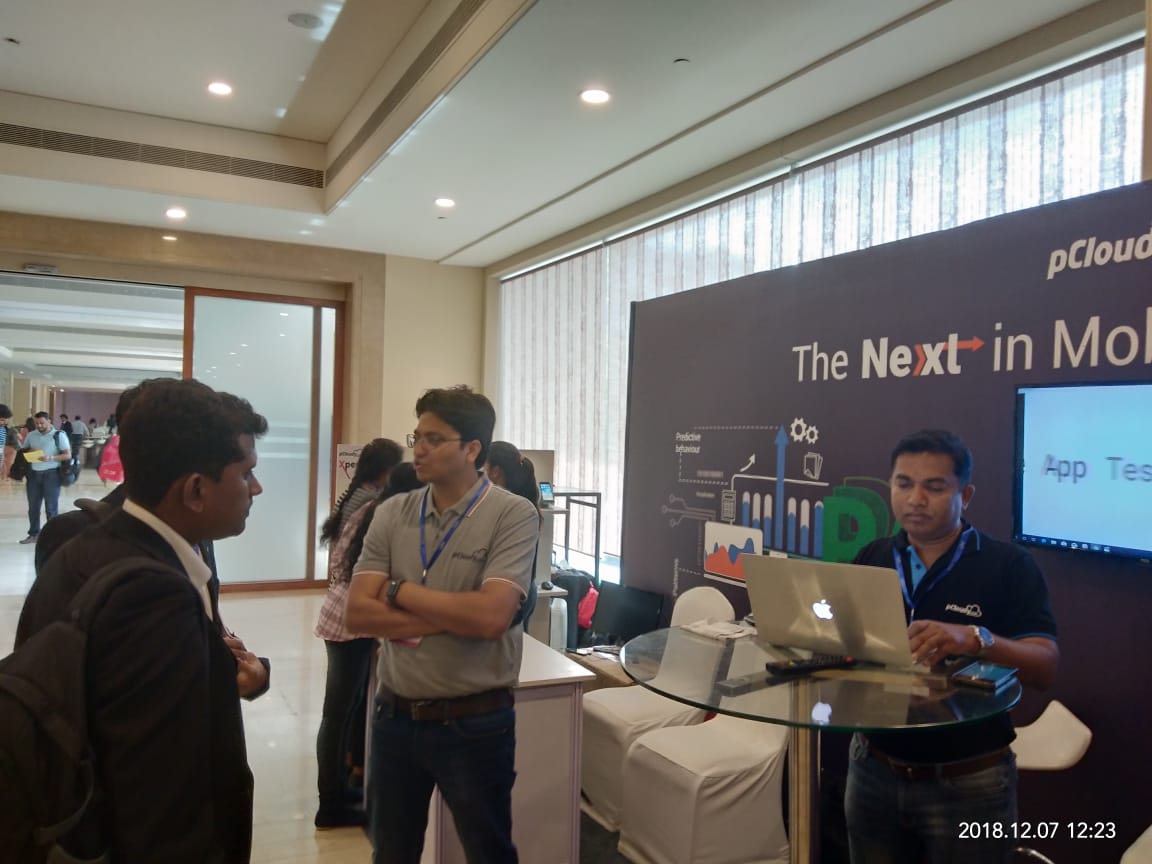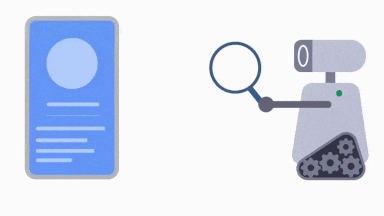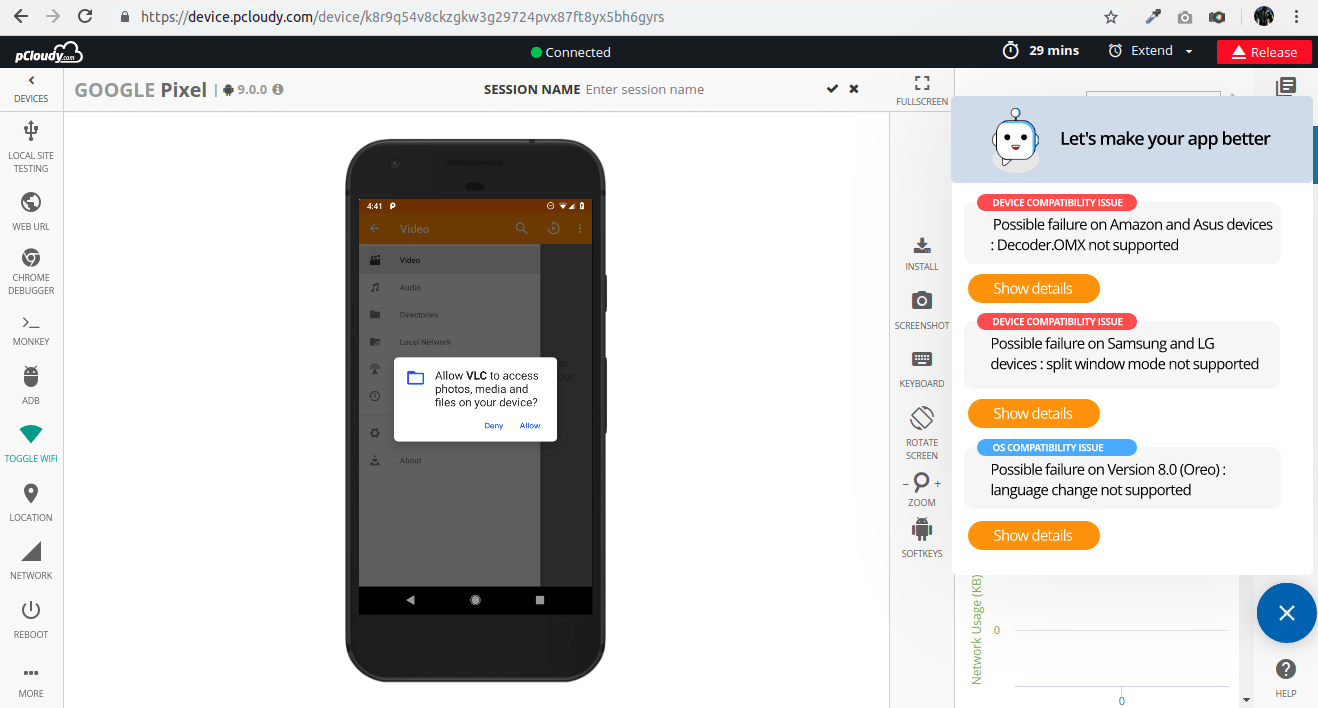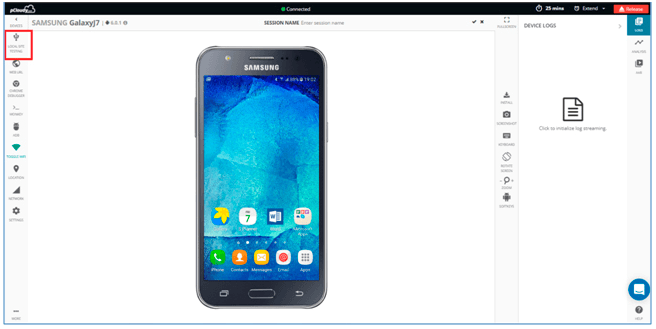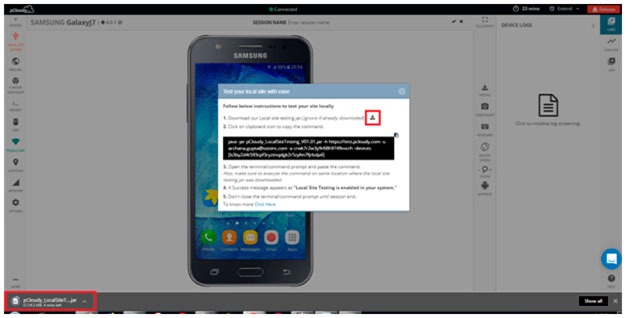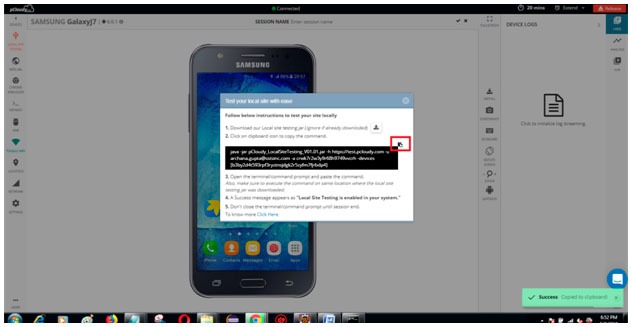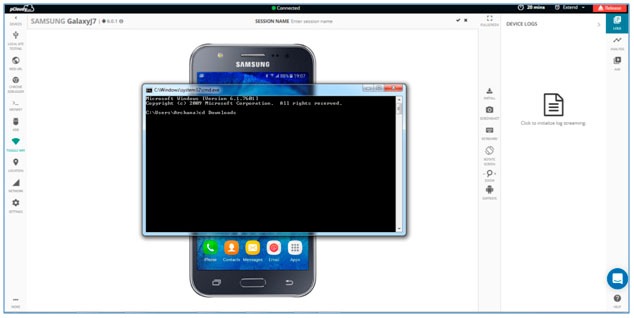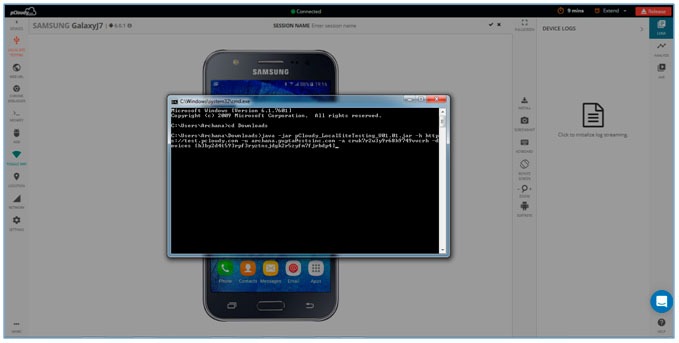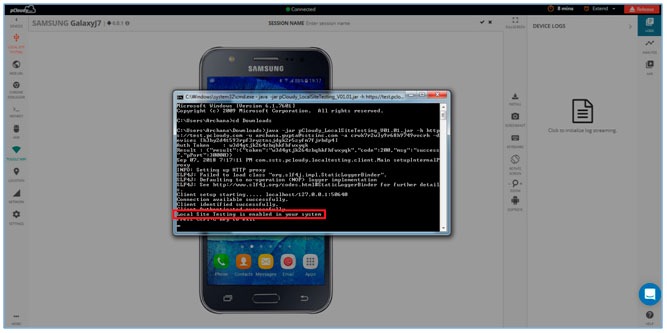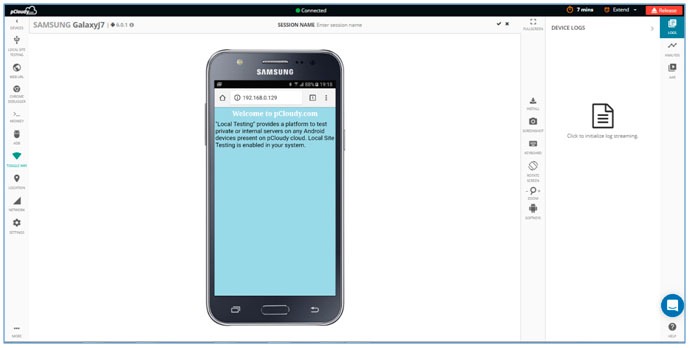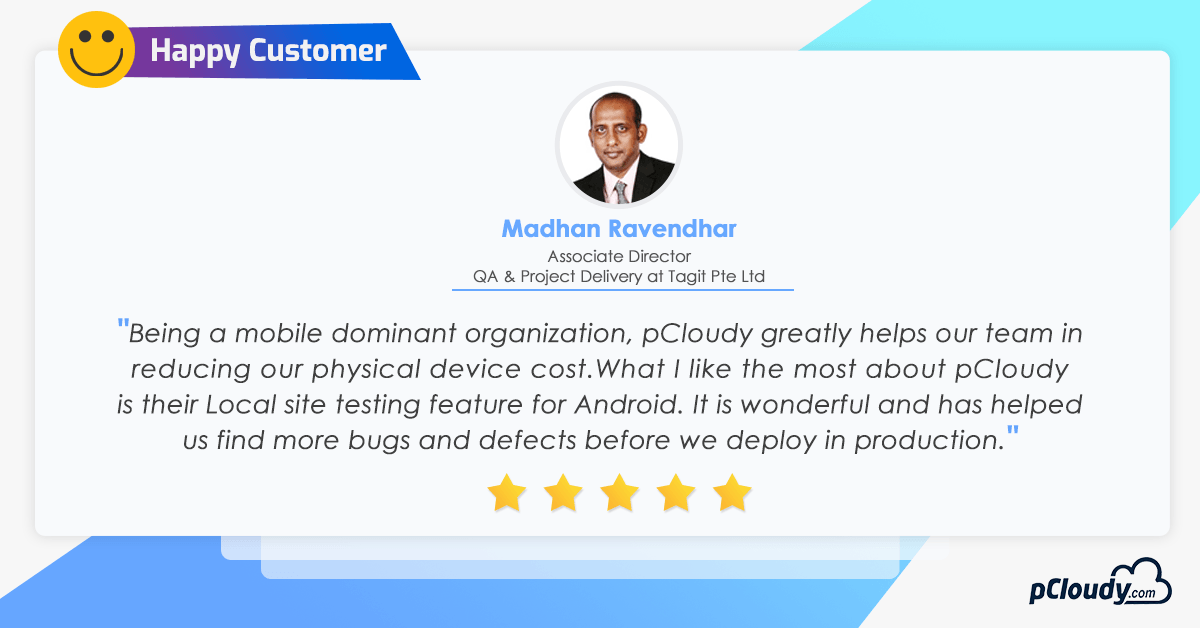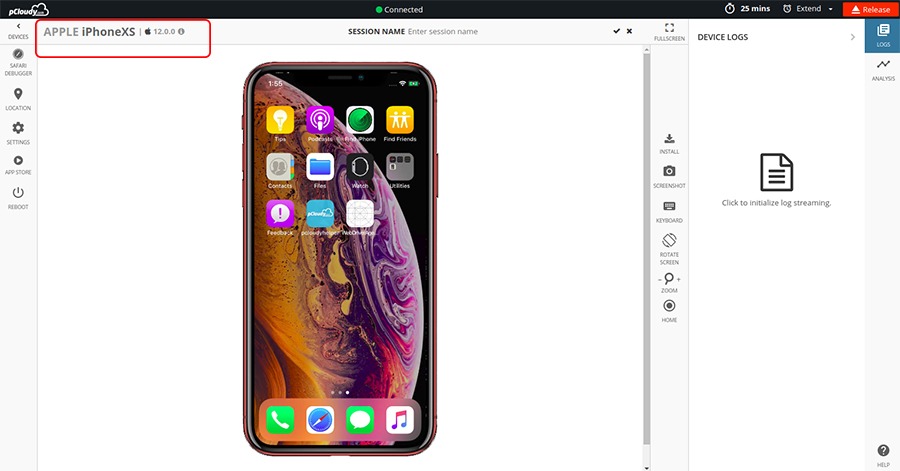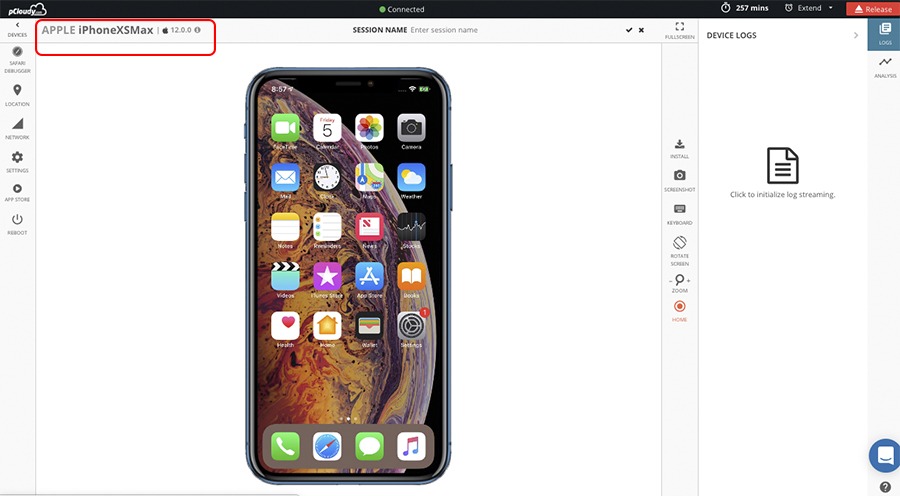Test cases are the first step in any testing cycle and are very important for any project. If anything goes wrong at this step, the impact gets proliferated in the entire software testing process. This can be avoided if the testers use proper procedure and guidelines while creating the test case template.
In this blog, I am going to share some simple yet effective tips which you could use for writing effective test cases. These tips will save you time and effort while optimizing the use of resources.
How to write test cases in a better way
Let’s have a look a the tips to write better test case template.
1. Detailed Domain Knowledge
Domain knowledge in information technology means deep knowledge of business and operational dynamics, the risks involved and the opportunities in that particular project. It is required to follow the best practices in the domain.
2. Break long test cases into many smaller ones
It is better to break the test case into a group of smaller ones if it has too many steps. It would be easier for the developer to backtrack and repeat the test steps if an error occurs somewhere in the test script. If not done than there are high chances that the developer will miss the bug.
3. Preconditions
Before starting on the test case it is suggested confirm all the assumptions that apply to the test and the preconditions that must be met before execution. There can be data dependency or the dependencies on the test environment or any other test cases.
4. Attach Artifacts
Relevant artifacts should be attached to the test cases. This can be done using a test management tool. At the time of product delivery, It will help to track the changes in the application. I will be easy to understand the flow of the function when there is a change at any step which will not be easy to relate otherwise.
5. Test data input
While writing a new test case a tester can share test data wherever applicable to be used for the Test Case within the test case description or add with the specific test case step. This will save time as there is no need to look for the test data anywhere else.
If the values are to be verified then testers can specify the value range or describe what values are to be tested for a particular field. Choose a few values from each class which will give good coverage for your test.
It’s better not to mention the real test data value but the type of data which is required to run the test. In projects where multiple teams use the test data and it keeps changing, mentioning only the type of data will be a wise choice.
6. Organize your work
Use a test management tool to manages your test cases instead of using a spreadsheet. There are many test management tools that can be used to organize the test cases in one place which will increase the productivity of the team.
7. Stop Assuming
It is better to refer to the specification document. Assumptions about the features or functionalities can lead to disagreements between the client and the developers. This gap between the client’s requirement and the application under development will impact the business.
8. Test Case Naming Conventions
To write tests which are easy to understand, we have to stop coding on autopilot and pay attention to the naming conventions. It is required to name our test classes, fields of our test classes, test methods and the local variables while writing automated tests for our application.
It does not matter which team member wrote the test, others will know what feature is tested under what scenario without even looking at the test code.
9. Meet Customer’s Requirements
If the testers miss a bug or write test cases that do not relate to the real world scenarios then it’s just a waste of resources and time. The goal is to meet the customer’s expectations and that can be attained only if the testers think from the users perspective.
10. Cover All Verification Points
It is important to write well-defined test case verification steps covering all the verification points for the feature under test. To make sure that the test Case covers all the verification points match your test case steps with the artifacts given for your project.
11. Avoid Repetitions
Do test automation when needed as it will reduce the manual effort and save a lot of time. The test scripts should be written in such a way that they can be used afterward for some other project.
12. Make it Reusable
Create test case template which could be re-used in the future by other teams. Also, before writing a new test case for your module, find out if there are similar test cases written already for some other project. Doing this you will avoid any redundancies in your test management tools. Call the existing test case in pre-conditions or at a specific design step if there is a need for a particular test case to execute some other test case.
13. All-Inclusive Test Coverage
Test cases should include all the features and functionalities mentioned in the software requirement. Requirement traceability matrix will help in finding the untested functions of the application.
14. Group Similar Test Cases
A test run is a collection of test cases that testers should execute in a particular order. Test cases are often grouped in test runs. It’s preferred to put preconditions at the beginning of a test run rather than inserting them into each test case.
Actually, only a few of the test cases need preconditions, so the field is often left empty. A test management tool will help to customize your forms and create a test case template which will save your time and effort when writing test cases. Another thing to keep in mind is to avoid writing the same instructions several times by moving repeated preconditions to a test run.
15. Easy to Understand
The test cases should be well defined with comments where ever needed so that any other software tester can work on it in the future. Whatever project you work on, when designing test cases, you should always consider that the test cases will not always be executed by the one who designs them. Therefore, the tests should be easily understandable and to-the-point.
In a scenario where the person who wrote all those test cases leaves for some reason and you have a completely new testing team to work with, the entire effort spent during the design phase could go down the drain.
16. Test Case Description
In the description, the testers need to mention all the details about what is going to be tested, what needs to be verified, the test environment and test data.
The information mentioned below should be there in a well-written test case description:
- Test to be carried out
- Testing tools
- Test Environment Details
- Behavior being verified
- Any dependencies like preconditions and assumptions
- Test Data to be used
17. Maintenance and Update
All the test cases should be updated with the new requirements so it’s easier to execute them in the future if there is a need. Even if some other tester wants to use the test case he/she wouldn’t have to go through the details of the script.
Conclusion
The tester needs to have good domain knowledge and should write presentable test cases from the users perspective. A good test case template will make it easier for testers to write good test cases. If there are only a few test steps, consider making a checklist instead and have a look at some relevant test case examples before working on your test case. A test case example will be helpful in creating test case templates too. A test management tool will definitely help in improving the way test cases are created and managed.
Related Articles:





